add this keyword in it ‘Protect Bamboo Construction in a Wet Climate’
Understanding the Properties of Bamboo
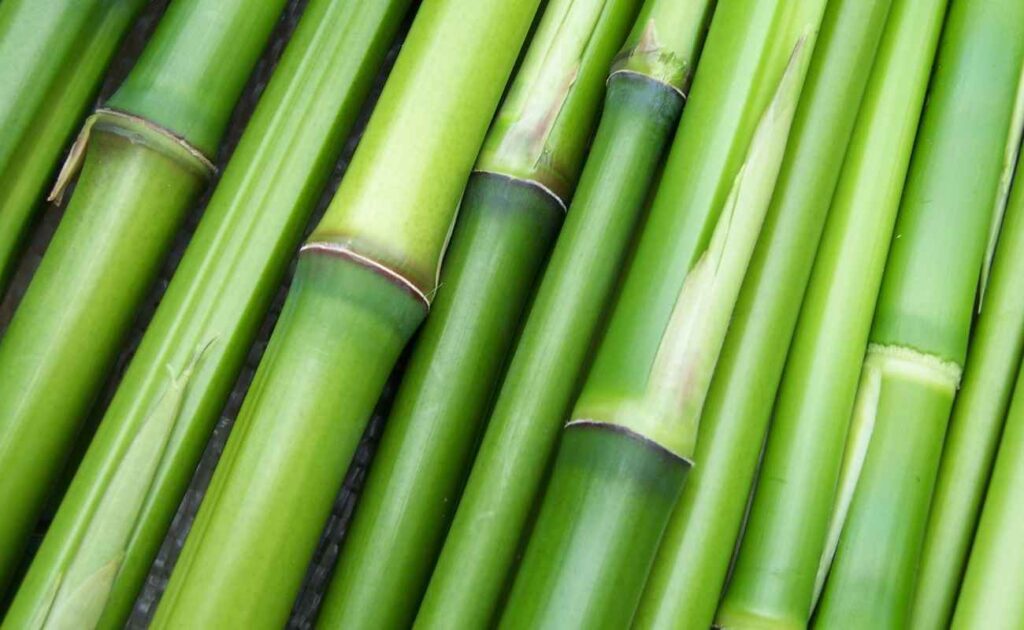
Natural Characteristics of Bamboo
Bamboo is a unique material. It’s not wood; it’s a type of grass. It has a hollow structure and is made up of fibers that give it incredible strength and flexibility. However, these fibers also make bamboo susceptible to absorbing water. This means that when bamboo is used in construction, it needs special attention to prevent moisture damage.
Advantages of Bamboo in Construction
Despite its sensitivity to moisture, bamboo is highly regarded in home construction for several reasons. It’s extremely durable and can withstand significant loads, making it suitable for a variety of structural applications in both residential and commercial buildings. Its flexibility allows it to bend without breaking, which is particularly beneficial in areas prone to earthquakes. Additionally, bamboo is renewable and sustainable, as it grows rapidly and can be harvested without causing deforestation.
Assessing the Impact of Wet Climates on Bamboo
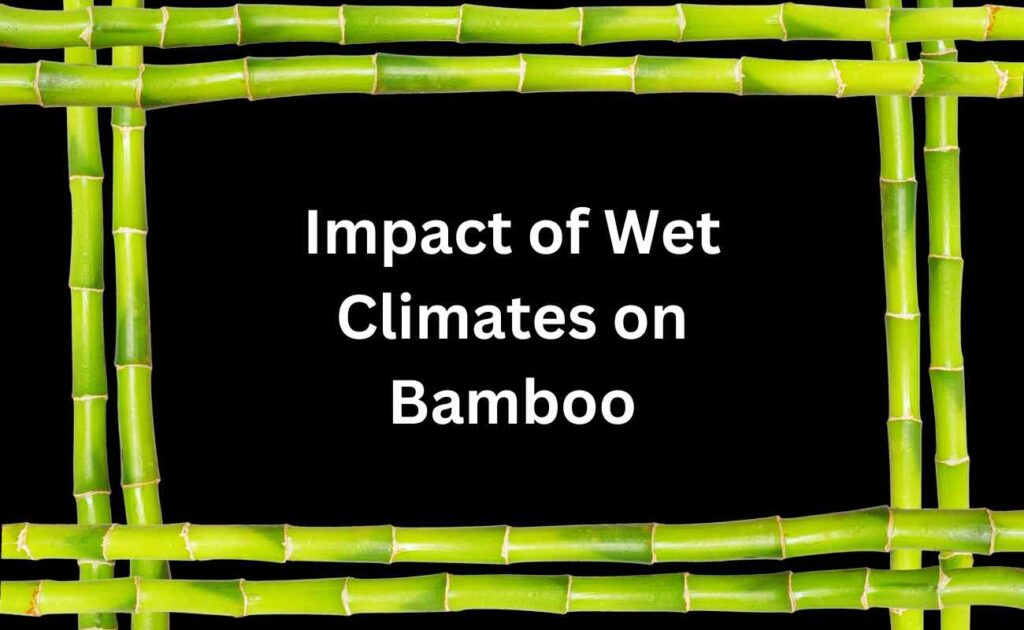
Effects of Moisture and Humidity
Wet climates pose significant challenges to bamboo structures. High humidity and frequent rainfall can lead to moisture being absorbed into the bamboo, causing it to swell and warp. Over time, this can weaken the bamboo and cause it to rot. Additionally, damp conditions can encourage the growth of mold and fungi, which further degrade the bamboo.
Environmental Factors
When planning bamboo construction in a wet climate, it’s crucial to consider environmental factors like the amount of rainfall, humidity levels, and soil conditions. Proper planning and preparation can help mitigate these issues and extend the life of bamboo structures.
Strategies for Protecting Bamboo Construction
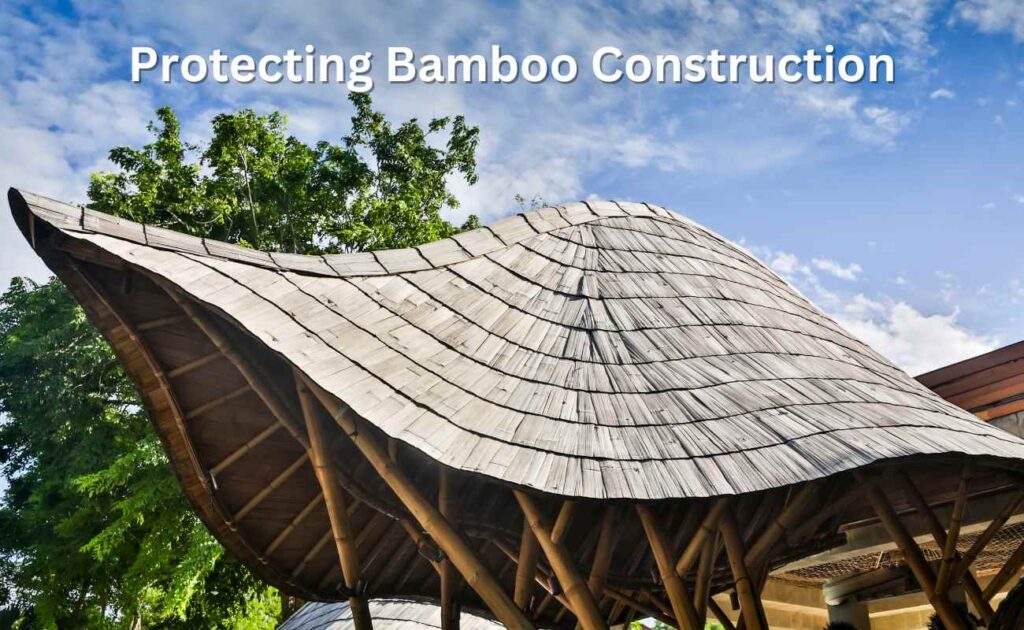
Choosing the Right Type of Bamboo
Not all bamboo is the same. There are many different species, and some are more suitable for construction than others. When building in a wet climate, it’s essential to choose a bamboo species that is known for its durability and resistance to moisture. Proper harvesting and curing techniques are also vital. Bamboo should be harvested at the right age and then properly dried and treated to reduce its moisture content before use.
Treatment and Preservation Methods
Treating bamboo is one of the best ways to protect it from the damaging effects of moisture. There are both natural and chemical preservatives that can be applied to bamboo to enhance its durability.
- Natural Preservatives: Traditional methods such as smoking or treating bamboo with natural oils can help protect it from moisture and insects.
- Chemical Preservatives: More modern methods involve using boron or other chemicals to treat the bamboo. These treatments help prevent rot and increase the bamboo’s lifespan.
Design Considerations
Designing a bamboo structure with protection in mind can significantly improve its resilience in wet climates. Consider the following design tips:
- Elevated Structures: Raising bamboo structures off the ground helps prevent direct contact with wet soil, reducing the risk of moisture absorption.
- Proper Roofing: A good roof with overhangs can protect bamboo walls from rain. Gutters can help direct water away from the structure.
- Ventilation: Ensuring proper airflow around the bamboo can help it dry out quickly after getting wet.
Implementing Protective Measures
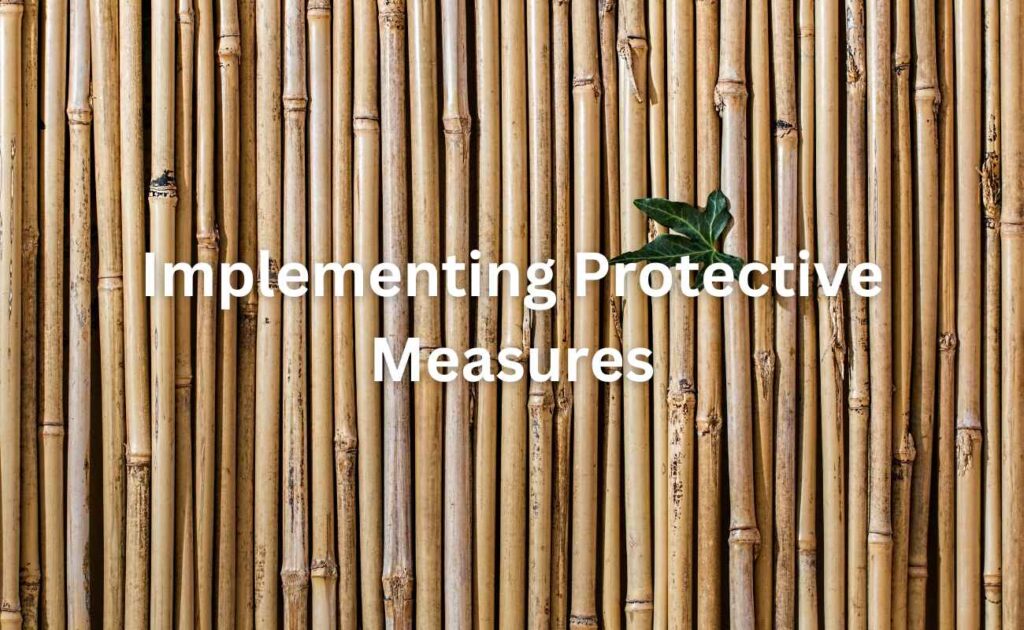
Waterproofing Techniques
Applying waterproof coatings or sealants to bamboo surfaces can create a barrier that prevents moisture from penetrating the material. These products can be painted or sprayed onto the bamboo and should be reapplied regularly to maintain their effectiveness.
Ensuring Proper Drainage
Good drainage is critical for protecting bamboo from moisture. When planning the construction site, choose a location with good natural drainage, or install systems to ensure water flows away from the structure. This can include grading the land, using gravel beds, or installing drainage pipes.
Maintenance and Inspection
Regular maintenance is key to ensuring the longevity of bamboo structures. This includes:
- Regular Inspections: Check for signs of damage or moisture regularly.
- Cleaning: Keep bamboo clean and free from dirt and debris that can trap moisture.
- Reapplying Treatments: Periodically reapply preservatives and waterproof coatings to keep bamboo protected.
Case Studies and Examples
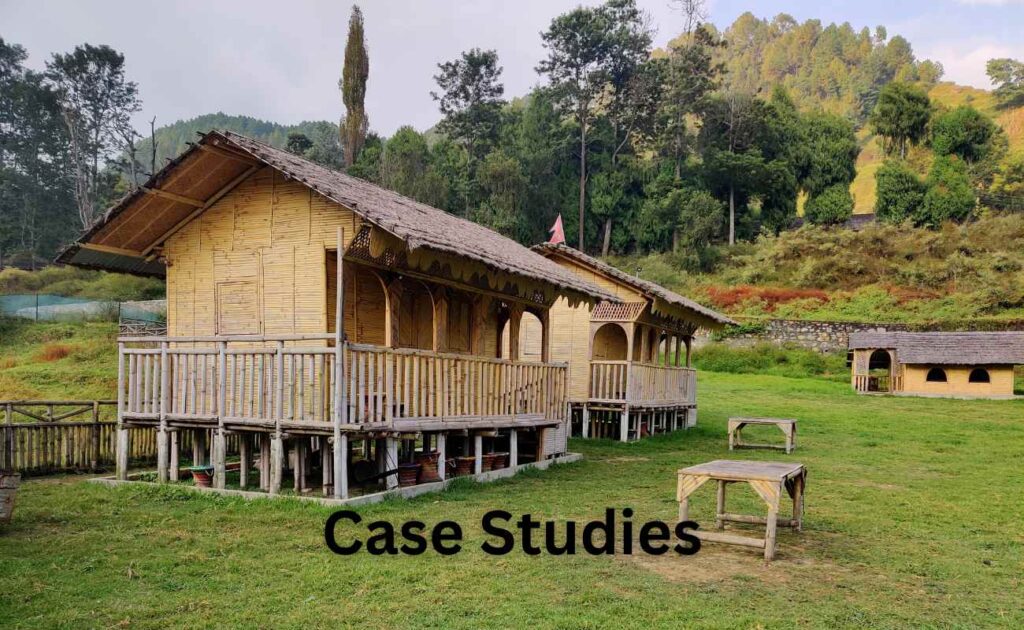
Successful Bamboo Projects in Wet Climates
There are numerous examples of successful bamboo construction projects in wet climates. These projects often incorporate a combination of the strategies mentioned above, including using the right bamboo species, applying effective treatments, and designing structures with protection in mind. By learning from these examples, builders can gain insights into what works and how to overcome common challenges.
Innovations and Advances in Bamboo Protection
Research and innovation continue to advance the field of bamboo construction. New treatment methods and protective coatings are being developed to enhance the durability and lifespan of bamboo structures. Emerging technologies, such as bamboo-based composites and engineered bamboo products, offer even more possibilities for using bamboo in wet climates.
Conclusion
Protecting bamboo construction in wet climates is essential for ensuring its durability and longevity. By understanding the properties of bamboo and the challenges posed by wet environments, builders can implement effective strategies to safeguard bamboo structures. From selecting the right bamboo species and applying appropriate treatments to designing with protection in mind, there are many ways to enhance the resilience of bamboo in wet climates. With proper care and maintenance, bamboo can be a sustainable and reliable building material for years to come.






GIPHY App Key not set. Please check settings